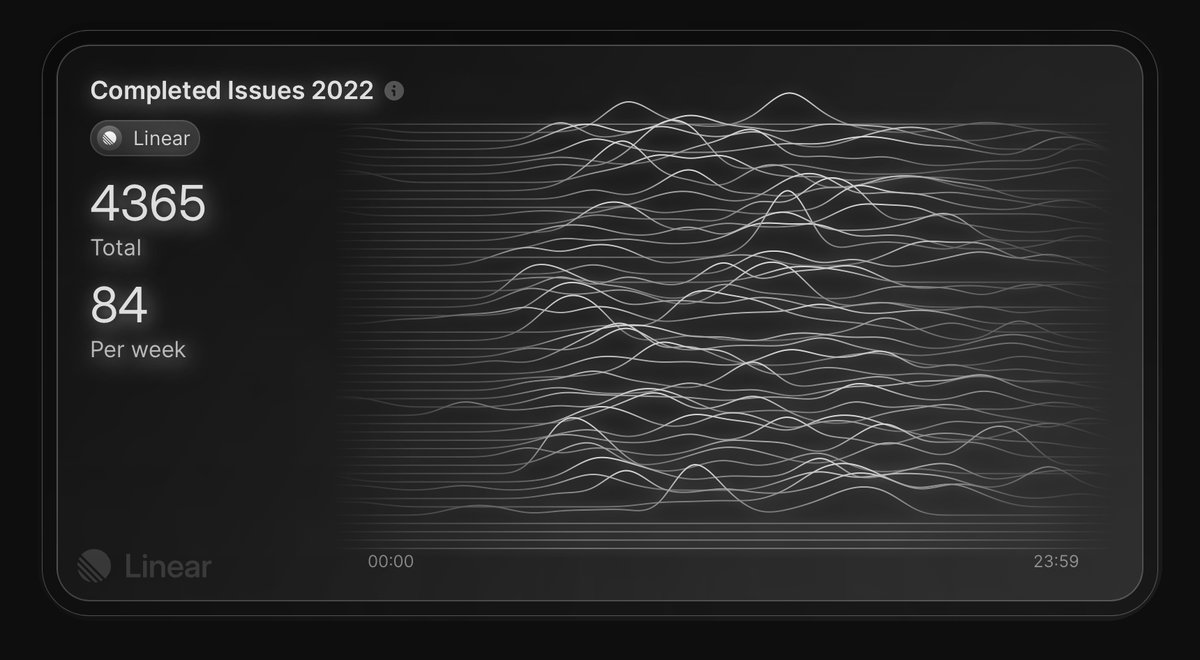Saved by phoebe and
Great thing about starting your own company that you can design the way you want it. Too many founders or companies fall in this trap following established playbooks or bring processes from other places. People also say that “it doesn’t work” or “it won’t scale”, which my response is well have you tried it? Have you tried to make it work? At @linear all of us founders had this ambition of building a special, do things bit differently from the standard playbook. A company we would like to work as a designer, engineer or product builder. One of our core values is Quality. All of us founders were always frustrated or disappointed how rarely we saw quality happening the companies we worked at. Just on human level, we shouldn’t spend our time cranking out things that we can’t take pride in. Lot times why it didn’t happen was that it either wasn’t valued on leadership level or/and quality was often sacrificed for deadlines or metrics. Sometimes the product building process or frameworks prevented it. Quality is something I believe has to start from the beginning. It’s hard or impossible to slap on later because it can fight against other values, processes and metrics. Bad tools or infra can make it really hard to produce things that feel and work great. It also has to start from beginning because the quality comes from people. Someone who knows their craft and understands the context. You can spec aspects of it but it’s almost impossible to ask someone to produce quality if they are not inherently wired that way. Which then means you need to find and hire the people who can see this way. In order to hire people and keep the company running you need money. In startups money often comes from investors. But investors can’t be relied on because they don’t always invest when you want them to. Often investors invest because they see growth potential for which they need to see trajectory of fast growth. If you need constant cash influx from investors, it means you need to chase growth all the time because otherwise the company dies, hence the obsession on metrics. But what if you don’t need constant capital but are profitable. Then now you don’t have to rely on investors and focus primarily to produce short term growth numbers to get the next round, but can actually focus on long term things like quality. This is long way of saying that when people say something doesn’t work in this kind of company or it doesn’t scale, they don’t think about changing the parameters of the problem or the context. It might not work because company is set up in a way that prevents that. A common design tactic is to question and refine the problem, not accept it at face value. In this case, we’ve broadened the problem we’ve tried to setup @linear in a way that it supports the way we want to run it and that gives product builders as place to create with pride which we hope results in a product our users and customer can enjoy.

